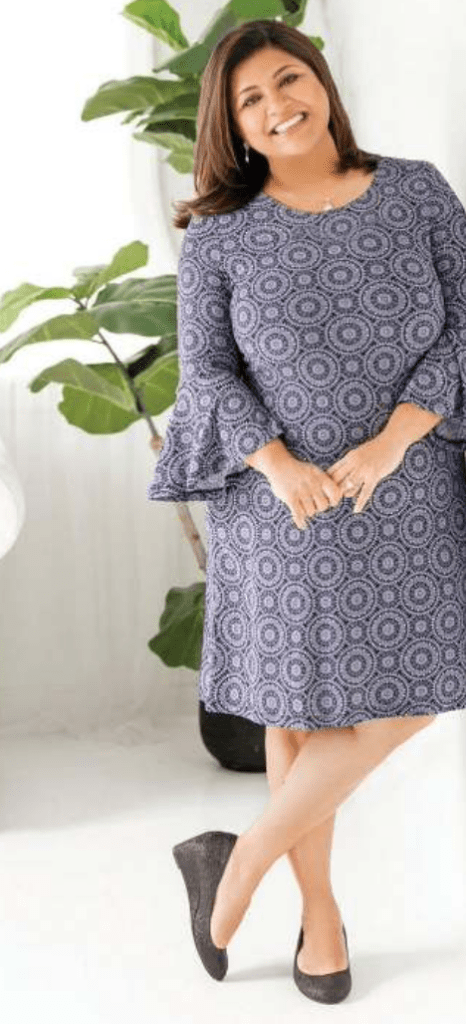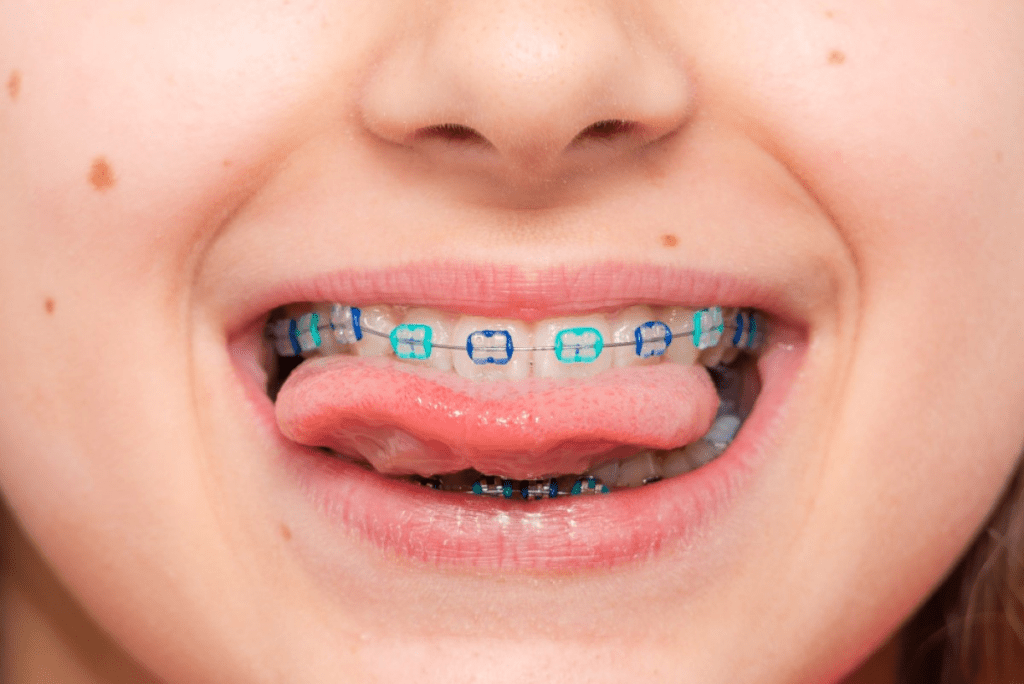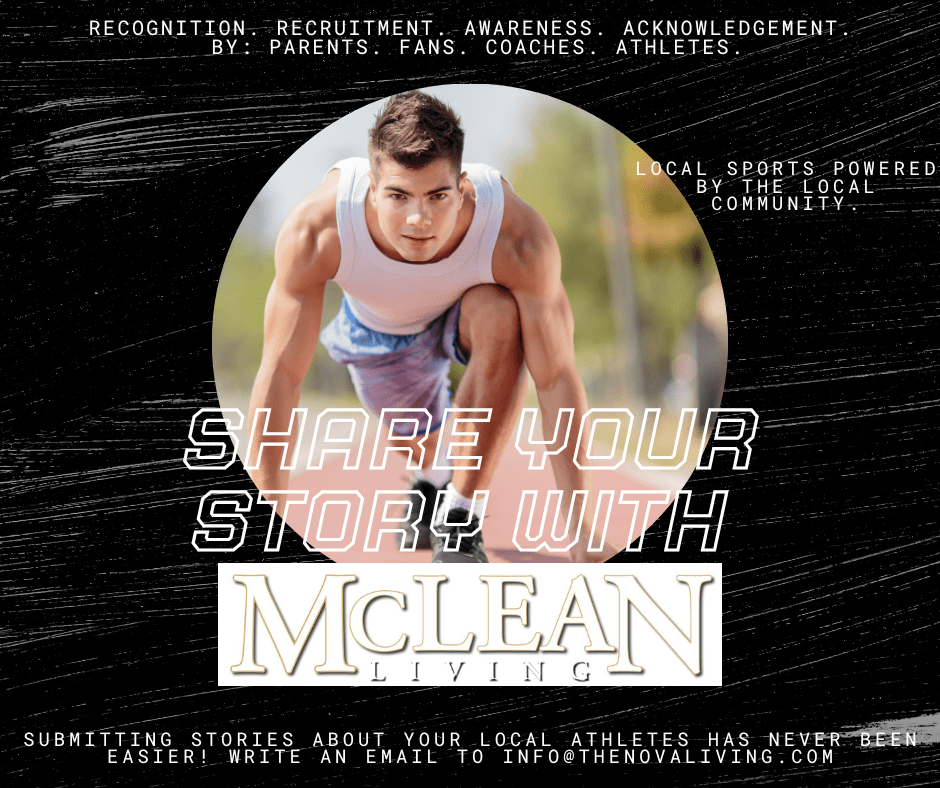Expert Q&A with Dr. Rishita Jaju
By DR. RISHITA JAJU – Harvard Grad, Mommy Dentist, TEDxSpeaker & Educator, Board Certified Pediatric Laser Dentist.
Photos provided by ALIYAH DASTOUR, ALIMOND STUDIOS
Did you know that it was possible to get no-shot, no-pain laser fillings and frenectomies right here in Northern Virginia?The use of lasers in dentistry has revolutionized the landscape of pediatric care. But, it may also bring up questions about what laser dentistry is and how it compares to traditional methods. As our area’s expert contributor and educator in this very topic, we spoke with Dr. Rishita Jaju of Smile Wonders in Reston, VA. We asked her to help us understand how this advanced technology is transforming dental experiences for kids, whether it involves fillings, gum disease, or frenectomies.
Q: WHAT DOES GETTING A LASER FILLING INVOLVE?
Dr. Jaju: A laser filling uses a special dental laser instead of a conventional drill to treat cavities. At Smile Wonders, we utilize the Waterlase by Biolase, which is an all-tissue laser effective on both hard tissues like teeth and bone, as well as soft tissues such as gums, lips, and tongues. Its precision allows for the removal of only the decayed portion of the tooth, preserving more of the natural tooth structure compared to a traditional drill. This makes the process quicker, more precise, and significantly more comfortable than what many adults remember from their own childhood dental visits.
A significant advantage is that we often don’t need to use needles or numbing shots. This means no numb lips or drooling afterward, and children can typically return to school or their activities immediately. Additionally, fillings in different areas of the mouth can often be completed in the same visit.
Q: ARE THERE DIFFERENT TYPES OF LASERS USED IN DENTISTRY?
Dr. Jaju: Yes, there are various types of dental lasers. It’s a good idea to ask your dentist about the type they use, how it functions, and whether it’s suitable for both teeth and gums. Some practices use basic diode lasers, which work by generating heat. While they can be useful for certain soft tissue procedures, they might cause charring or a slight odor. Other offices may use CO2 lasers, which can also work on gums and teeth, but not all. At Smile Wonders, we opted for the Waterlase because it’s gentle and biocompatible with oral tissues, using a mild cooling mist to prevent heat buildup and damage to surrounding structures.
Q: CAN LASERS EFFECTIVELY HELP WITH GUM DISEASE OR INFLAMMATION IN CHILDREN?
Dr. Jaju: Absolutely. Lasers can gently reduce bacteria beneath the gums and treat inflammation, which is particularly beneficial for children with braces or medical conditions that make thorough brushing more challenging. If food becomes trapped near erupting teeth, causing swelling or discomfort, the laser can quickly and painlessly resolve the issue.
Q: ARE LASERS TRULY BETTER FOR FRENECTOMIES, OR IS THAT JUST MARKETING?
Dr. Jaju: Lasers, especially the Waterlase, can make frenectomies safer and more precise. Unlike traditional scissors, which relyon estimation, the laser removes tissue in very thin layers. This accuracy helps ensure that the cut is neither too deep nor too shallow, leading to better outcomes.
Q: WHY AREN’T LASERS MORE COMMONLY USED BY DENTISTS?
Dr. Jaju: Laser dentistry requires specialized training that is
not yet a standard part of dental school curriculums. Dentists need to invest in the equipment and pursue additional training independently. The positive trend is that more dental schools are beginning to offer laser dentistry electives, indicating growth in the field. This is just a glimpse of how far modern dentistry has come in the last couple of decades. Come experience the magical laser dentistry and find out why kids love us and parents trust us! Call us today!
Hope you are grabbing a nice cup of coffee and enjoying this read.







